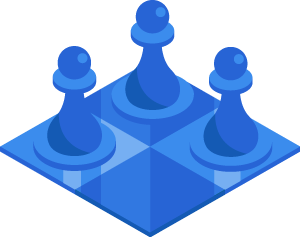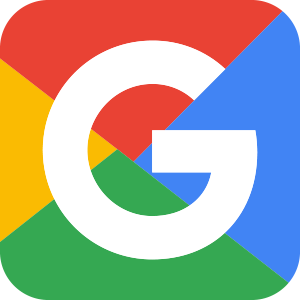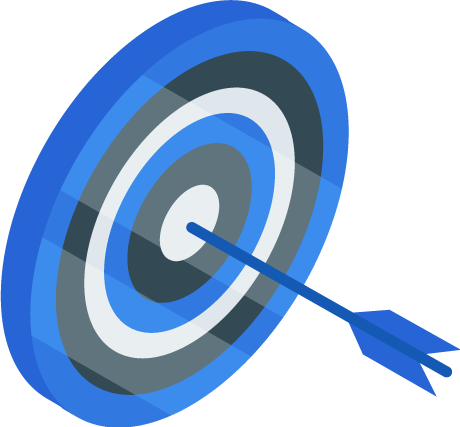A well-thought-out strategy can be your brand’s blueprint for success.
Marketing Strategy. It’s one of those terms you hear and wonder what it means. The discussion can get overly broad. The reason for that is that marketing strategy can really contain any marketing or advertising tactic. Which is a lot, and for nearly any brand, it’s too much. Whether it’s budget, time, or capacity, tackling every marketing strategy is going to prove to be too much to handle.
What are some essential marketing strategies?
The most important thing to define with your marketing strategy is who you’re trying to speak to. When you understand your target audience for any marketing effort, the work becomes a lot easier. Defining the general information surrounding who your brand is trying to reach will be the basis for you to build what strategies will serve you best. Because a good strategy will meet people where they are, and to do this you need to know your audience.
How do you define your target audience? Here are a few key areas you can use to define your target audience:

Demographics
This is the data you’d find on a form, such as age, gender, income level, relationship status, occupation or industry worked in, and level of education. While this won’t be everything you need, it is a good place to start. And remember, you may have a few groups of demographics or some of these may have ranges.

Location
If you only need your brand to be known within a specific region or area, that needs to be defined. While major destinations can try to lure people to visit, there has to be a return on investment. If you are a single service provider like a restaurant or dentist, it’s much better to serve ads only within a specified area. Knowing what locations your audiences live in makes sure you spend your advertising dollars wisely. Often, the more specific the reach, the easier the audience is to define and the lower the advertising costs.

Psychographics
The first two categories above give you some key identifiers. These are aspects that will help you in defining parameters for social media (and other) ads - or set regional boundaries for your search campaigns. However, these don't boil down to the "why" they’ll care. This is why psychographics is the most important aspect of your audience definition. What do they enjoy? Where are they found on the weekends? What are they doing for work? Defining interests, hobbies, passions, and activities helps you understand what makes your audience tick. It boils down to one word: behavior. What are the behaviors that will help you speak directly with them, and make them want to engage your brand?
Why defining your audience helps with marketing strategy.
Once you know who you are speaking to, and why they should care, you can determine where to find them. For example, when it comes time to determine your social media audiences, each platform tends to lend itself best to only certain approaches.

Facebook: Facebook is the largest social media platform available as of 2022, meaning you can reach more people here than most other platforms. However, with an older-skewing age range, reaching Gen Z, or even younger millennials this platform will be less effective.

LinkedIn: Many people sleep on LinkedIn. Most individuals think of it as the platform to update your resume a couple of times a year. However, when it comes to B2B advertising, there are few platforms that can serve you better.

Twitter: Twitter has several niche audiences. When you find the right people and the right groups of people having conversations on the platform, this is a place to reach extremely specified audiences in short chats.

Instagram: Owned by Meta, the parent company of Facebook, Instagram is an incredible platform for visual storytelling. The integration of Tik Tok, Instagram Reels, images, and video provides a wide number of choices. Influencer marketing also lets personalized stories from others advocate for your brand.

Tik Tok: A fast-growing platform, it’s more than dance challenges. It’s a chance for influencer marketing and short, fun videos to advocate for your brand and it is by far the best platform to use to reach younger audiences.

Google: Many think of Google only as a search engine. However, it can be an incredible place to center your business’ voice. After all, when they look you up, you want as many positive reviews and users sharing images of your business as possible. Building your Google My Business page will help any time someone is looking for you.
There are a ton of other options that fit specific niches, industries, and strategies. A strong Yelp and GrubHub presence are vital to a restaurant. Trip Advisor advertising is perfect for destinations. Products need a defined, well-curated Amazon profile with helpful videos, well-designed product pages, and a steady flow of reviews and purchases to enhance your placement on the algorithm and within your product categories. Messaging apps like Snapchat or WhatsApp can be ways to message users, connecting you directly to your target. Pinterest, Reddit, and YouTube are chances for building up content libraries with specific search terms, tutorials, or visual content for your brand.

You can see how quickly the number of platforms and content choices you have within social media alone can become staggering. The fact that Influencer Marketing Hub has an article on over 130 social media platforms to consider demonstrates the complexity involved. This is why a marketing strategy is essential. If you try to build up your social profiles without a smart strategy, you’ll end up throwing a ton of darts without aiming, hoping one hits your target.
Whereas a defined audience will tell you where your audience is and what they are seeking. This means you can build up your strategy by meeting them where they are, rather than spending and spending to try to get them to come to you.